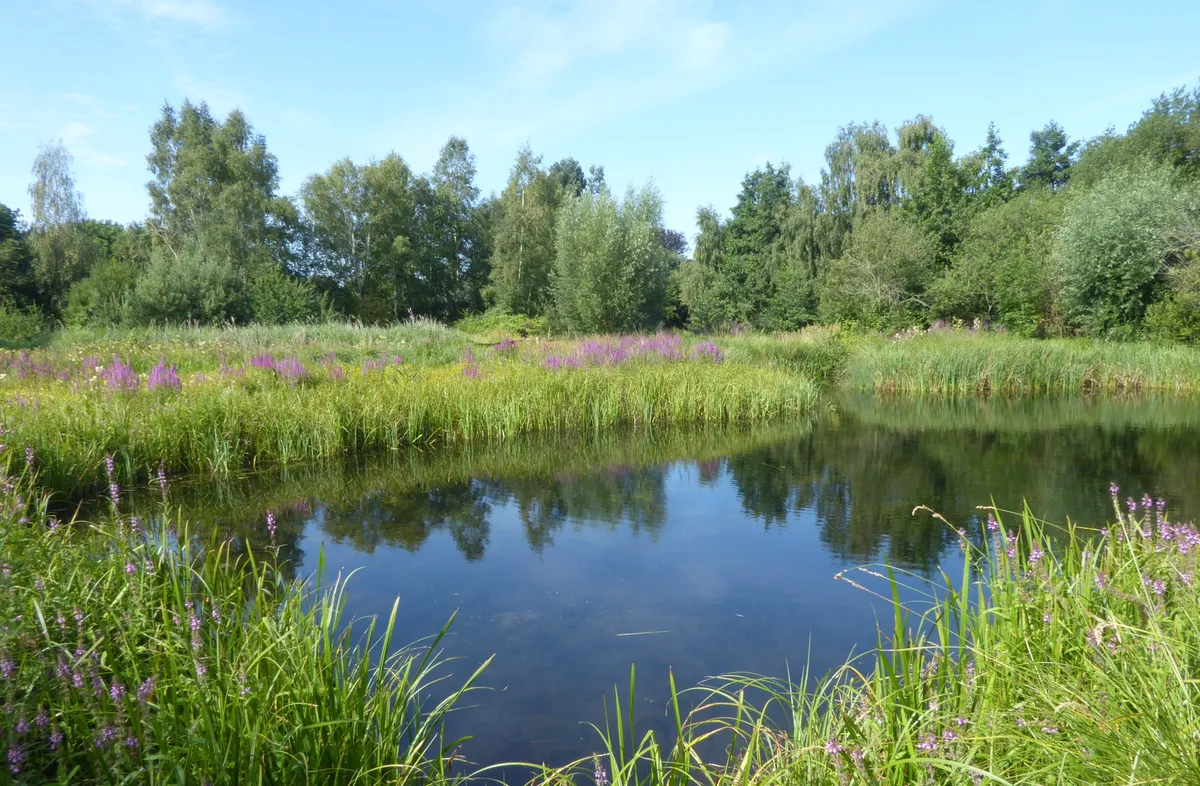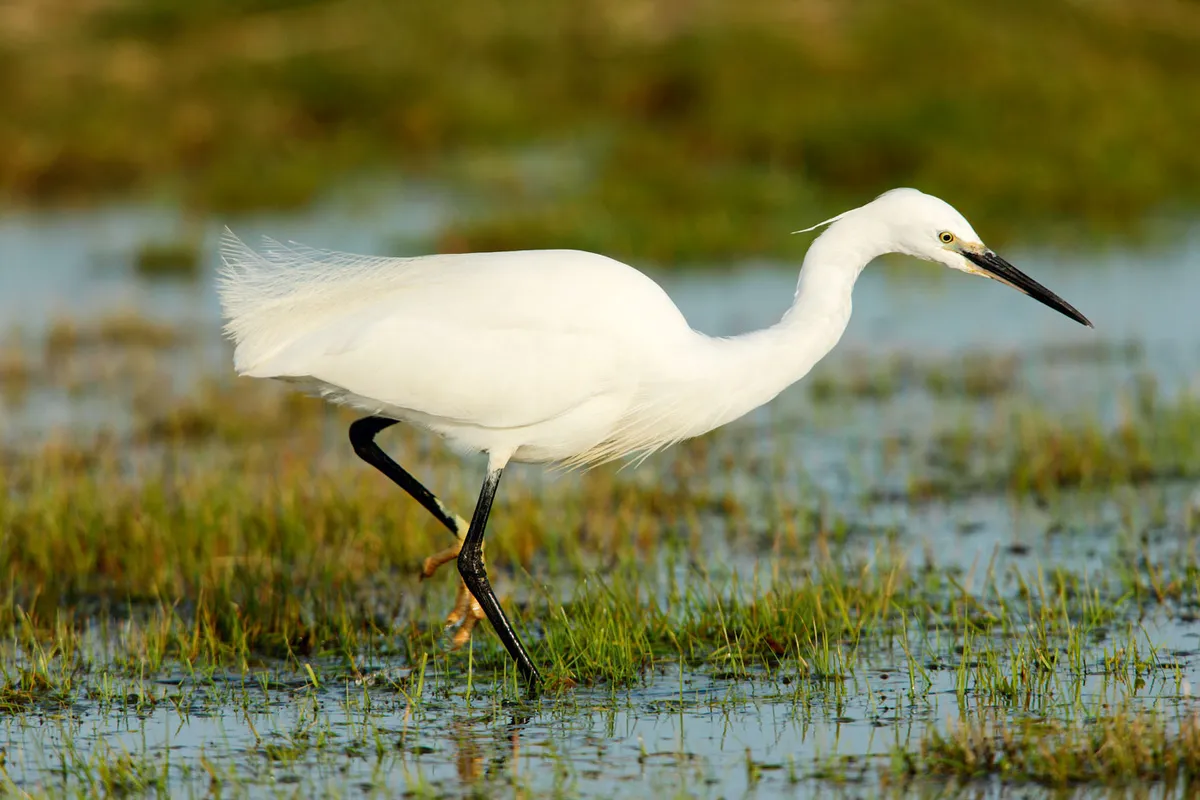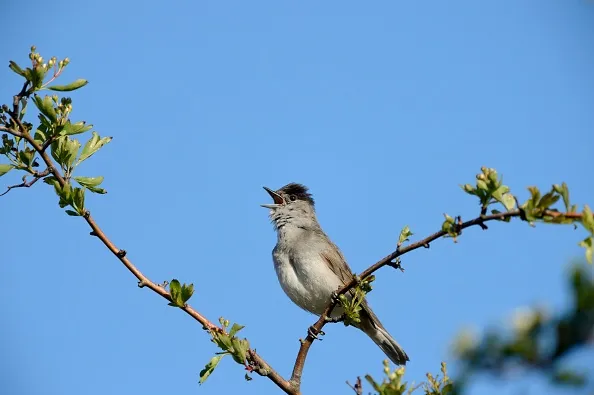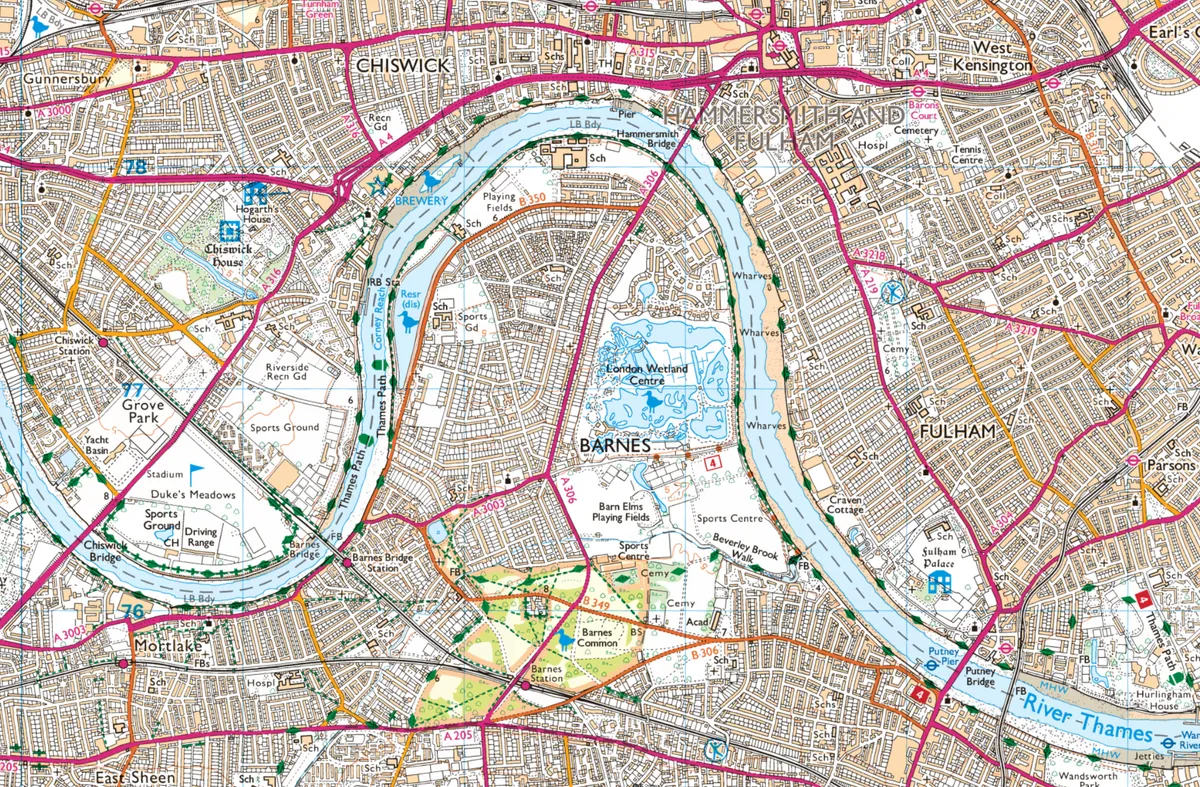The London Wetland Centre is the embodiment of what you can achieve through urban rewilding. It is a remarkable achievement of naturalised landscaping featuring that all important giver of life – water.
It all began 25 years ago when the Wildfowl and Wetlands Trust proposed to convert four square bland-looking redundant reservoir basins into a wetland wonderland for nature and people. All under the watchful eye of their founder; the late and definitely great Sir Peter Scott.
Looking for more Wildfowl and Wetlands Trust reserves? Check out our guides to Welney, Caerlaverock and Steart Marshes.

London Wetland Centre location
Situated on a north-facing bend of the Thames, the area has long attracted birds using the river to migrate and in particular waterfowl and waders such as avocet and black-tailed godwits.
Also known locally as Barnes Wetlands, the site covers some 100 acres (40 hectares). To wander around its many paths that encompasses wet woodland, wet meadows and the wetlands itself is a joy.

London Wetland Centre sightings
Over 180 bird species are recorded annually ranging from glamourous kingfishers to waterfowl like herons, little egrets and tufted ducks. The area is famous for its water voles too.
There are six hides around the site that are perfect for photographing wildlife or just as a place to relax and watch the natural world.

A visit in spring will yield plenty of species like the returning sand martins fresh in from Africa hawking over the water for insects.
Migrant warblers like blackcaps, willow warblers and chiffchaffs will be in full song in the riparian woodlands, whilst in the reeds will be chorusing reed and sedge warblers sonically blending in with the resident and explosively loud Cetti’s warblers.
The glorious great crested grebes will be conducting their famous head-wagging ruff-flaying displays. Oh, what joy spring brings!

But the others seasons are just as fruitful. In the summer it is possible to watch hobbys chasing dragonflies whilst during the autumn, there is always the possibility of happening across a ring ouzel – a scarce migrant in London.
In winter the duck numbers build and there is the chance of discovering the reserve's most famous denizen – the bittern!
Britain's best nature reserves for walks and wildlife
Explore meadows, wetlands, ancient woodlands, moorland, heathlands, coast and mountains at Britain’s nature reserves. Here is our guide to the UK's best nature reserves, and the best wildlife to spot.

London Wetland Centre map

